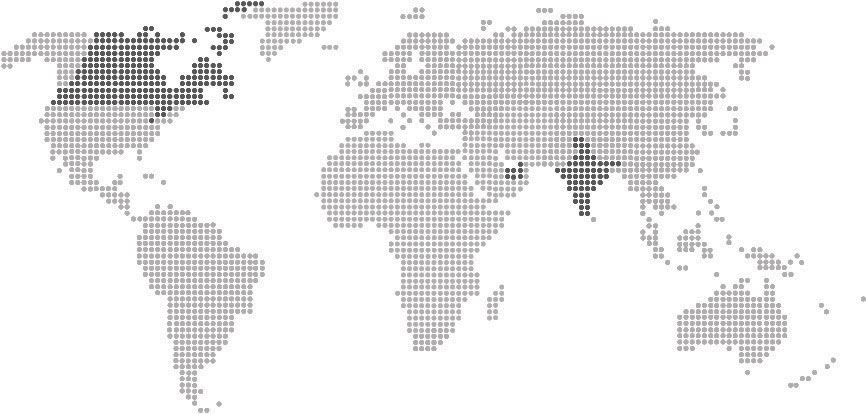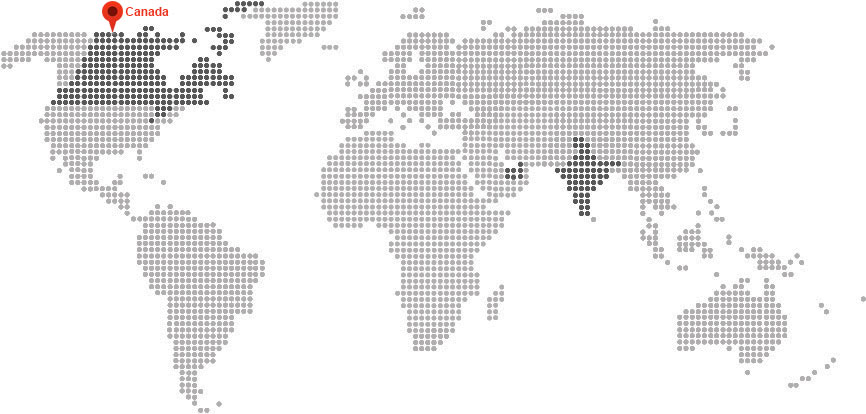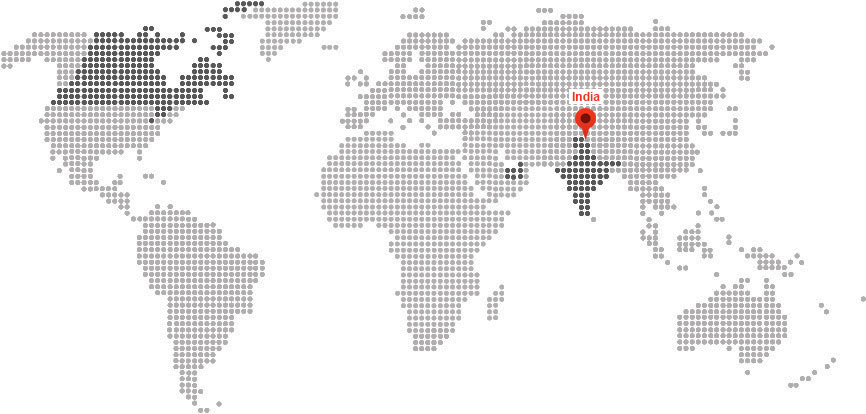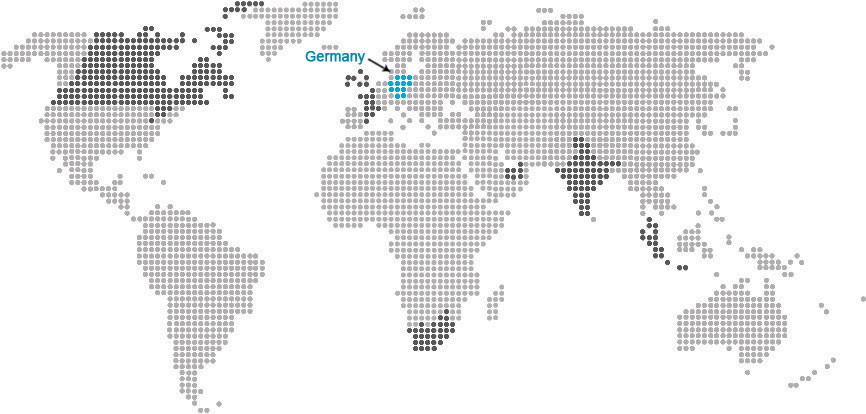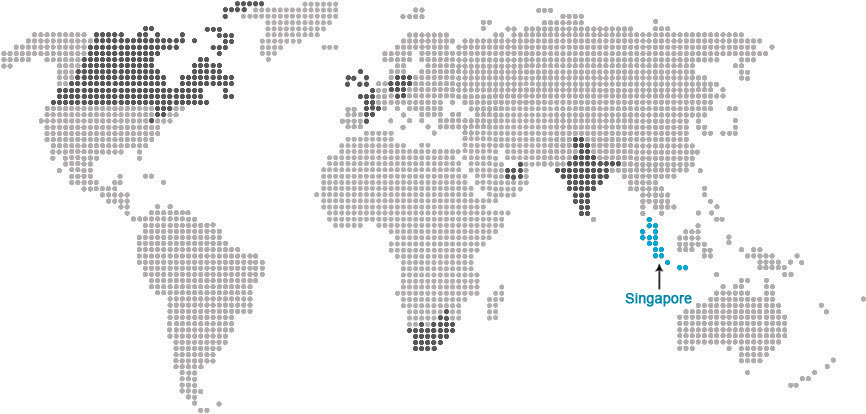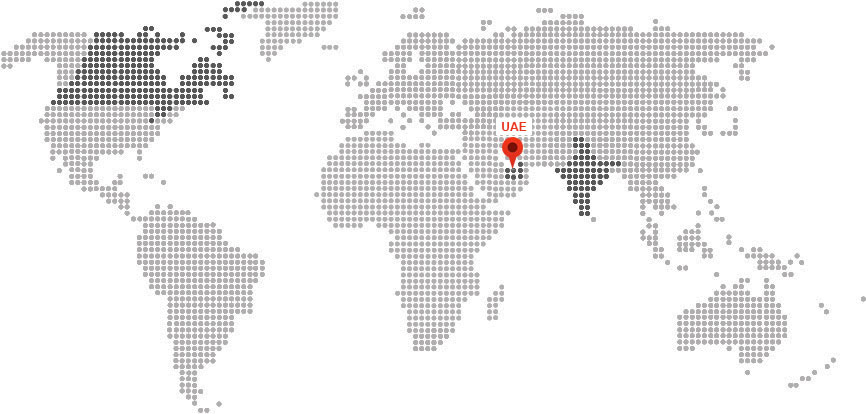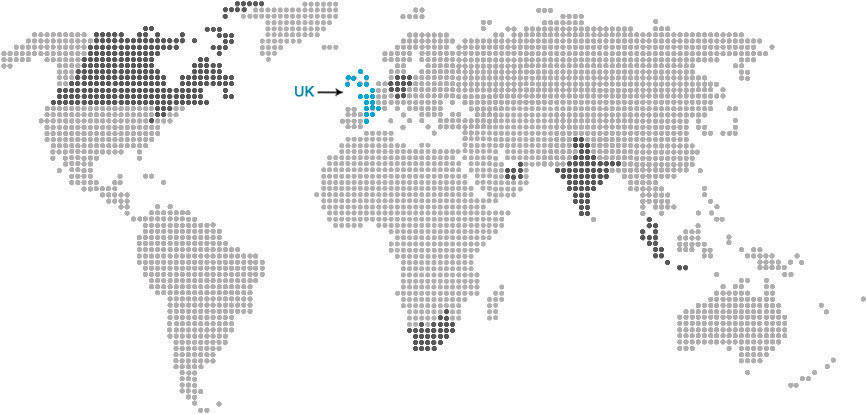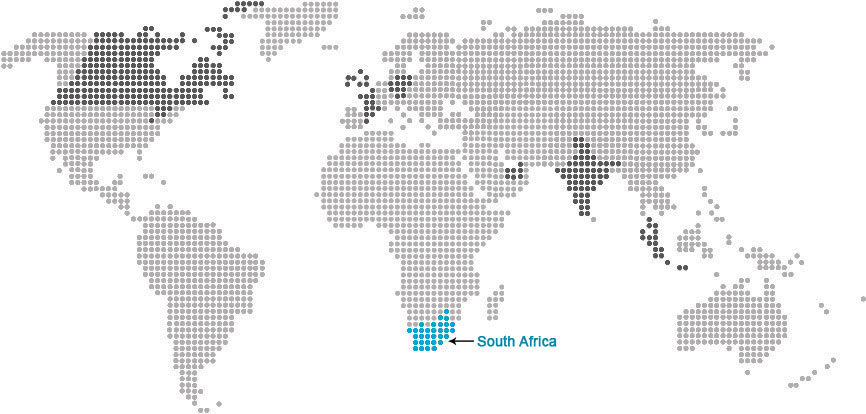Generic Rx BIF
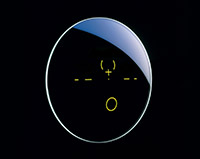 |
||
|
Single vision has the same optical focal point or correction over the entire area of lens. Refractive Index The refractive index is generally specified with respect to the yellow He-d Fraunhofer line , commonly abbreviated as nd. Lens materials are classified by their refractive index, as follows: Normal Index – 1.48 =nd < 1.54 Mid Index – 1.54 =nd < 1.60 High Index -1.60 =nd < 1.67 Ultra high index- 1.74 = nd This is a general classification. Indexes of nd values that are = 1.60 can be, often for marketing purposes, referred to as high-index. Likewise, Trivex and other borderline normal /mid- index materials , may be referred to as mid –index. |
||
Advantages of higher indexes |
||
|
||
 |
||
Disadvantages of Increased IndicesThe only disadvantage is that high index lenses have lower Abbe number meaning, amongst other things, increased chromatic aberration. However with the advancement in lens treatments this aspect can be taken care of. |
||
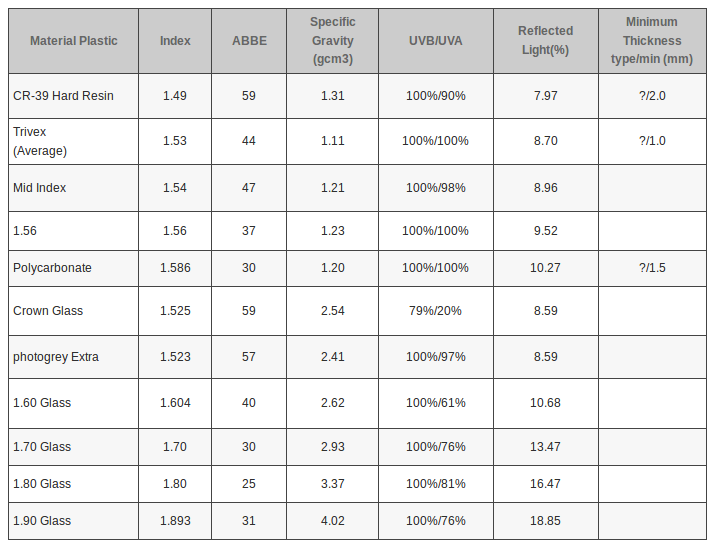 |
||
|
High-Index lenses are the right choice if you want thinner, spectacles that are as attractive and comfortable as possible. Thinner, lighter high-index lenses are especially recommended if you have a strong prescription for near sightedness , farsightedness or astigmatism. Most spectacle wearers are nearsighted, which requires corrective lenses that are thin in the center but thicker at the edge of the lens. The stronger the prescription , the thicker the edges. Most of today’s fashionable frames are made of plastic or metal with rims thinner than the lens itself. Also, popular rimless mountings mean that the edges of the lenses are completely exposed. In either case, the lens edges are highly visible, and thicker edges can be a cause of peripheral aberration and detract from the appearance of your eyewear. Lenses correct refractive errors by bending light as it passes through the lens. The Amount of light-bending ability (lens power) that’s needed to provide good vision is indicated on the spectacles prescription provided by your optometrist. |

